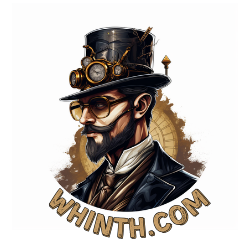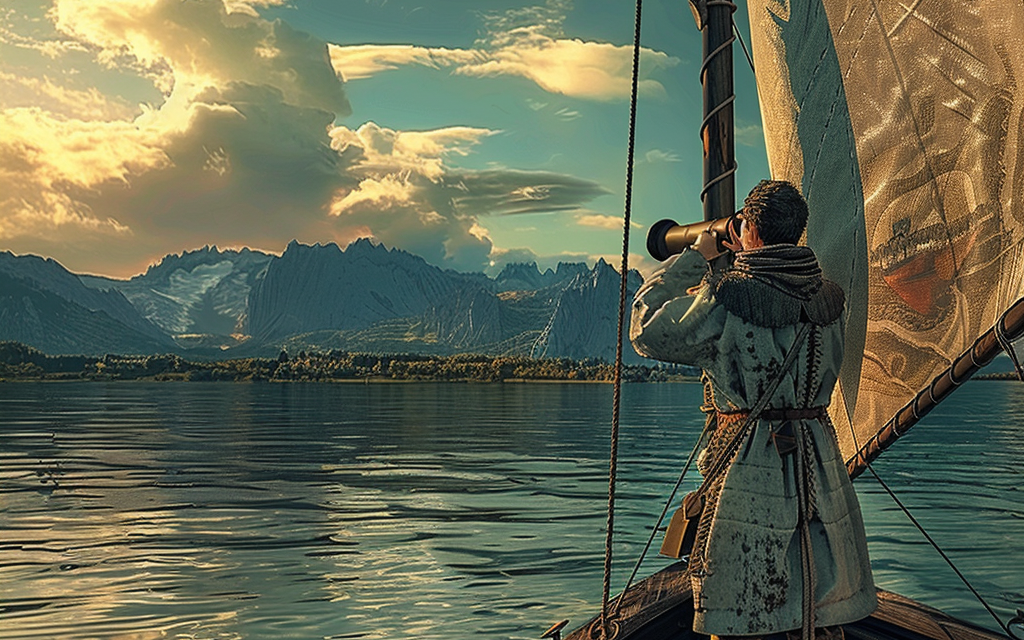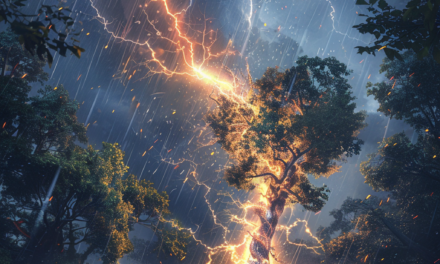Introduction
When we talk about the “discovery” of America, it’s like opening a history book and finding the pages are not just written in ink but in the hopes, dreams, and, yes, controversies of those who’ve navigated its narrative. It’s a tale not solely of Christopher Columbus in 1492, but of a myriad of explorers, civilizations, and cultures that contributed to the world as we know it today. And while some may quip that America was hardly “lost” to be discovered—given the rich tapestry of Pre-Columbian civilizations thriving upon its arrival—the term has stuck, much like gum under a history class desk. Let’s delve into this story, unwrapping the layers of history with a touch of humor and the respect it deserves.
Pre-Columbian Civilizations
Long before Europeans dreamed of new worlds, the Americas were anything but silent. The Aztecs were building monumental pyramids in what would later be Mexico City, not just as a hobby but as a testament to their sophisticated society. Meanwhile, the Mayas were busy with their calendars, calculating dates so accurately that modern software engineers could take a leaf out of their book. Down in the Andes, the Incas were running an empire so vast that FedEx would have envied their road system. These civilizations weren’t just advanced for their time; they were pioneers in engineering, astronomy, and agriculture, proving that America was far from a blank slate waiting for European “discovery.”
Early European Explorations
The Norse were the original hipsters of transatlantic exploration, reaching North America long before it was cool. Leif Erikson, likely the most famous of these Viking adventurers, didn’t just sail to Greenland because he liked the name; he and his crew reached further west to what is now Newfoundland, Canada, calling it Vinland. These Norse voyages were the medieval equivalent of a moon landing, minus the global broadcast. While they didn’t stick around long enough to establish permanent settlements, their journeys were the first recorded European forays into the New World, setting the stage for the explorations that would reshape the globe.
Christopher Columbus and the Voyage of 1492
Christopher Columbus, often heralded in children’s rhymes as the discoverer of America, was actually trying to find a shortcut to Asia. When he landed in the Bahamas, he wasn’t greeted by a welcoming committee of spices and silks but by the Lucayan people, who were probably just as confused as Columbus was excited. His arrival marked the beginning of European exploration in earnest, driven by a mix of curiosity, ambition, and a hefty dose of misunderstanding. Columbus’s voyages opened the floodgates for European powers to explore, colonize, and ultimately transform the Americas, for better and for worse.
The Aftermath of Columbus’s Voyages
When Columbus set sail across the Atlantic, he was chasing dreams of spices and gold. What he found instead was a world that would forever alter the course of human history. The immediate aftermath of his voyages wasn’t just about a European discovering new lands; it was the beginning of a seismic shift in global dynamics.
Europe, upon hearing of Columbus’s findings, was ablaze with excitement and greed. The notion of untapped territories filled with wealth and souls ripe for conversion set the stage for a rush of expeditions. The Spanish Crown, quick to capitalize on Columbus’s discoveries, spearheaded the colonization efforts, with men like Hernán Cortés and Francisco Pizarro following in Columbus’s wake, driven by promises of riches and glory.
However, the impact on the Americas was cataclysmic. The arrival of Europeans marked the start of a devastating era for Indigenous populations, characterized by disease, displacement, and destruction. Smallpox, measles, and other diseases for which Native Americans had no immunity decimated societies that had thrived for centuries. The Spanish conquest, under the guise of spreading Christianity, often led to the brutal subjugation of native peoples.
This complex tapestry of discovery, colonization, and cultural upheaval wove together the fates of Europe and the Americas. The gold and silver that flowed from the New World into European coffers funded empires and wars, while the forced labor of Indigenous and African people underpinned new colonial economies. Yet, amid this darkness, there were moments of cultural exchange and adaptation, as new goods, foods, and ideas crisscrossed the globe, reshaping diets, economies, and societies in ways both subtle and profound.
Other Key Explorers in the Age of Discovery
As Columbus’s sails disappeared on the horizon, a new age of exploration was just dawning. John Cabot, sailing under the English flag, touched the coasts of North America, arguably setting the stage for future British claims in the New World. His voyages opened up the northern part of the continent to European eyes, proving that Columbus’s discovery was just the beginning of the world’s expansion.
Amerigo Vespucci, a Florentine navigator whose letters captivated Europe with tales of the New World, lent his name to two continents in a cartographic decision that would make any modern marketer green with envy. Vespucci’s accounts helped solidify the understanding that these lands were not the eastern outskirts of Asia but an entirely new world.
Then came Ferdinand Magellan, whose expedition achieved what was once thought impossible—circumnavigating the globe. Magellan himself didn’t live to see the journey’s completion, but his fleet’s accomplishment shattered European perceptions of the world’s size and complexity, proving the Earth’s roundness in a way no one could deny.
The Columbian Exchange
The Columbian Exchange was the first instance of globalization, an intercontinental swap meet that reshaped diets, economies, and environments worldwide. Europeans brought wheat, sugar, and horses to the New World, while receiving tomatoes, potatoes, and chocolate in return—ingredients that would become staples in cuisines across the Old World. However, this exchange was not without its dark side. Diseases such as smallpox and influenza traveled on European ships to the Americas, causing devastation among indigenous populations with no immunity to these foreign pathogens. This biological exchange was a double-edged sword, bringing together the worlds in creation and destruction.
Controversies and Debates
The question of who discovered America is a historical hot potato. Did Vikings with horned helmets get there first, setting foot in Newfoundland long before Columbus? Or did Polynesian navigators, masters of the Pacific, reach the shores of South America, leaving sweet potatoes as evidence of their journey? These debates challenge the traditional narrative, highlighting the achievements of indigenous peoples and other explorers while questioning the accolades historically given to Columbus. His legacy, once seen in an almost mythical light, is now examined through a lens that acknowledges the conquest and suffering that followed in the wake of his “discovery.”
Legacy of the Discovery
The discovery of America is a multifaceted legacy of opportunity, tragedy, and transformation. It paved the way for the exchange of cultures, goods, and ideas, but also for centuries of colonization and conflict. The blending of worlds created a multicultural tapestry in the Americas, a place where diverse cultures, languages, and traditions coexist. This era of discovery and its aftermath set the stage for the interconnected, globalized society we live in today, reminding us of the power of exploration and its lasting impact on the human story.
Conclusion
The narrative of America’s discovery is not a single story but a collection of many, each with its own voice and perspective. From the silent witness of ancient civilizations to the bold assertions of European explorers, this history is a mosaic of human endeavor. As we reflect on these events, it’s crucial to approach them with a mindset that values diversity and seeks to understand the complexities of our past. By acknowledging the many facets of this story, we can appreciate the depth of our shared history and move forward with a more inclusive and nuanced understanding of our world.





